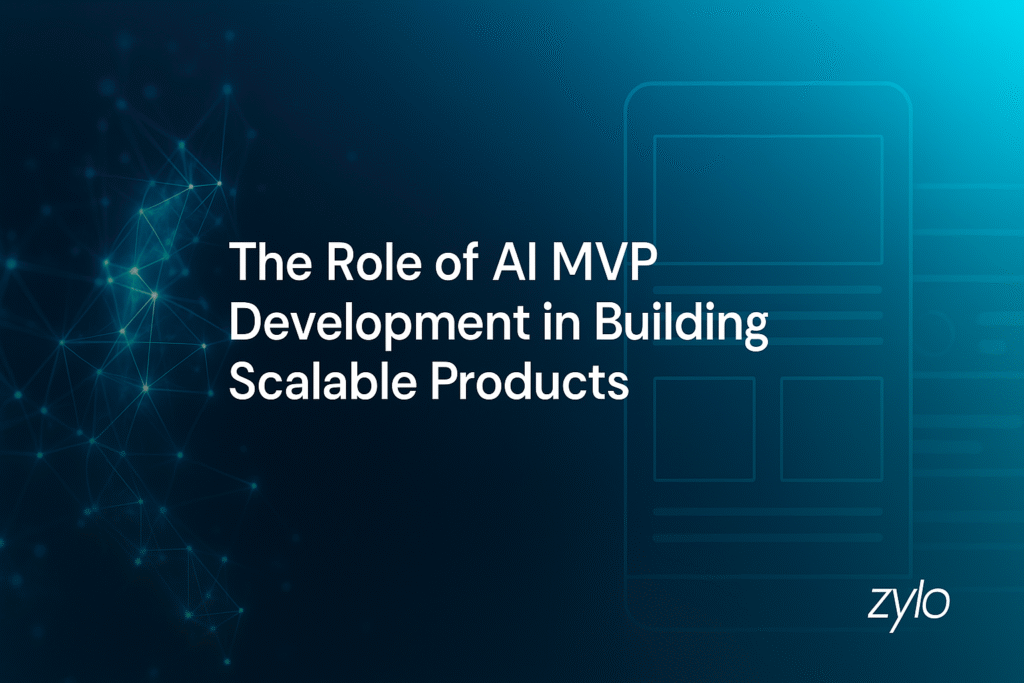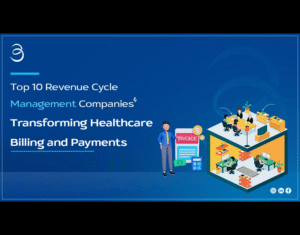
Building an AI product from scratch sounds exciting until reality hits—budget overruns, endless development cycles, and features nobody asked for. That’s where AI MVP development services US companies step in, helping businesses launch smarter, leaner products that actually solve real problems. Instead of spending months building a full-scale platform, AI MVP development focuses on core functionalities that validate your idea fast. AI MVP development services US providers help startups and enterprises test market fit before committing massive resources, turning ambitious concepts into working prototypes within weeks.
What Is AI MVP Development?
AI MVP development creates a basic version of your AI product with essential features to test market demand. This stripped-down version includes only core AI capabilities—like a recommendation engine, chatbot, or predictive model—that demonstrate value to early users.
The process involves three key steps. First, identifying the problem your AI will solve. Second, building the minimum AI functionality needed to address that problem. Third, collecting user feedback to guide future development. A chatbot MVP might handle five common customer queries instead of trying to answer everything. A recommendation system might start with basic filtering before adding complex personalization algorithms.
Why Traditional Product Development Fails for AI
Traditional waterfall development doesn’t work for AI products because requirements change as you discover what data reveals. Spending six months building a perfect recommendation engine means wasting time if users actually need search functionality.
AI projects face unique challenges:
- Data quality issues emerge only during development
- Model performance varies with real-world usage
- User expectations shift as they interact with AI features
- Technical debt accumulates faster with complex algorithms
AI MVPs solve this by treating development as discovery. You build, test, measure, and iterate based on actual user behavior rather than assumptions. A fraud detection system might start by flagging obvious patterns before tackling sophisticated anomaly detection.
Core Components of Scalable AI MVPs
Every successful AI MVP includes four foundational elements. Data infrastructure handles collection, storage, and processing. The AI model performs the core intelligent function. API integration connects your MVP to existing systems. A simple user interface demonstrates value without overwhelming users.
Data infrastructure doesn’t need enterprise-grade complexity at the MVP stage. Cloud storage with basic ETL pipelines works fine for initial testing. The AI model should be simple—think logistic regression before deep learning, rule-based systems before transformer models. Start with pre-trained models from OpenAI, Hugging Face, or Google when possible instead of training from scratch.
Your MVP’s scalability depends on architectural decisions made early. Microservices architecture lets you scale individual components independently. Containerization through Docker ensures consistent deployment across environments. Cloud-native design using AWS, Azure, or Google Cloud provides flexibility as demand grows.
How AI MVPs Accelerate Time-to-Market
Speed matters when competitors are building similar solutions. AI MVPs cut development time from months to weeks by focusing only on features that validate core assumptions.
The acceleration happens through:
- Using pre-built AI models and APIs instead of custom development
- Limiting initial dataset size to representative samples
- Deploying on managed cloud infrastructure
- Testing with small user groups before full launch
- Iterating based on usage patterns rather than speculation
A sentiment analysis tool doesn’t need to process 50 languages initially. Start with English, prove the concept works, then expand language support based on user demand. This approach delivered results for countless startups that avoided over-engineering their first release.
Validating Product-Market Fit Through MVPs
Product-market fit means your AI actually solves a problem people will pay for. MVPs test this hypothesis without betting the company on unproven assumptions.
Validation comes from measurable user behavior. Are people using your AI feature repeatedly? Do they complete desired actions after AI recommendations? Does engagement increase over time? These metrics reveal truth better than surveys or focus groups.
A predictive maintenance AI might start by monitoring ten machines instead of an entire factory floor. If maintenance teams act on alerts and downtime decreases, you’ve validated demand. If alerts get ignored, you’ve learned the AI needs refinement before scaling.
Building for Scale from Day One
Scalability doesn’t mean building everything enterprise-grade immediately. It means making smart architectural choices that won’t require complete rewrites later.
Design your data pipeline to handle 10x your current volume. Use database sharding strategies even if you start with a single instance. Implement caching layers early to reduce compute costs. Build API rate limiting and authentication from the start. These patterns cost little extra effort initially but save months of refactoring.
Your AI model should run in containers that can be replicated horizontally. Avoid hard-coded file paths or local dependencies. Use configuration files and environment variables for settings that change between environments. These practices let you scale from 100 users to 100,000 without architectural changes.
Common Pitfalls in AI MVP Development
Most AI MVPs fail not from technical limitations but from strategic mistakes. Over-engineering ranks first—building complex neural networks when simple regression models would work. Perfect accuracy obsession ranks second—chasing 99% precision when 85% delivers enough value.
Ignoring data quality kills AI products faster than bad algorithms. Garbage in, garbage out applies doubly to machine learning. An MVP that uses clean, representative data with a simple model outperforms one using vast, messy datasets with sophisticated algorithms.
Feature creep destroys MVP timelines. Every stakeholder wants their favorite functionality included, turning a focused test into a bloated product. Successful teams ruthlessly prioritize the single use case that proves or disproves core assumptions.
Measuring Success Beyond Vanity Metrics
User signups and download counts don’t prove your AI works. Track metrics that show value delivery instead.
Focus on these indicators:
- Task completion rates when using AI features
- Time saved compared to manual processes
- Accuracy improvements over existing solutions
- User retention after first AI interaction
- Revenue or cost savings attributed to AI functionality
A recruitment AI that suggests candidates should measure interview rates, not just number of suggestions made. A content recommendation engine should track read-through rates, not just clicks. These outcome metrics reveal whether your AI creates real value.
When to Scale Beyond MVP
Scale when usage patterns validate your core assumptions and users actively request more functionality. Premature scaling wastes resources on features nobody uses.
Three signals indicate readiness to scale. First, consistent usage growth without paid acquisition. Second, users pushing against MVP limitations. Third, clear path to monetization or value capture. If users love your basic sentiment analysis but keep asking for multi-language support, that’s a scaling signal.
Technical performance also matters. If your MVP struggles with current load, optimize before adding features. If cloud costs grow faster than revenue, improve efficiency before expanding. Scale smart by fixing bottlenecks before they become crises.
The Strategic Advantage of MVP-First Approach
Companies that launch AI MVPs learn faster than competitors building comprehensive solutions. Each iteration teaches lessons about user behavior, technical requirements, and market dynamics.
This knowledge compounds over time. Your second feature launch succeeds more often because you understand what users actually need. Your technical debt stays manageable because you built thoughtfully from the start. Your team develops expertise solving real problems instead of theoretical ones.
Transform Your AI Vision Into Reality
Building scalable AI products demands more than technical skill—it requires strategic focus on what matters most. Starting with an MVP lets you test assumptions, gather real feedback, and iterate toward product-market fit without burning through your runway.
At We Are Zylo, we’ve helped dozens of startups and enterprises launch AI products that scale. Our team specializes in rapid MVP development that balances speed with smart architecture, delivering working prototypes in weeks instead of months. We handle everything from data pipeline design to model deployment, letting you focus on business strategy while we build the technical foundation. Ready to turn your AI concept into a market-ready product? Visit wearezylo.com/ and let’s start building something that actually works.





